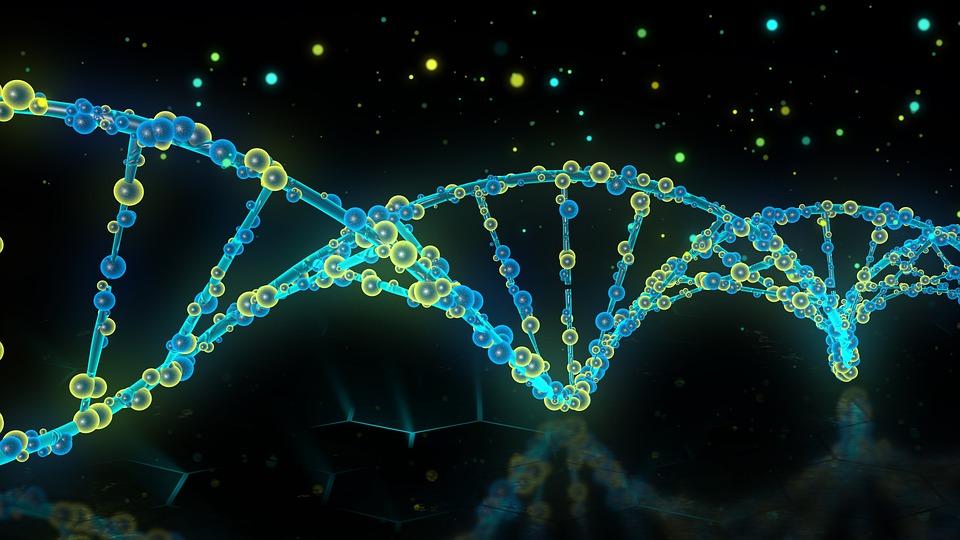
Practical Proteins (Part 2 of 4)
In this lesson students will continue to learn about protein synthesis. At the beginning of this lesson students should know that genes have the code to make proteins. Today they will be introduced to codons and how genes code for proteins. In this lesson students will use a modified codon chart in which amino acids have been replaced with the materials used in lesson 1 to build a protein. Students will use this chart to create a string of beads that is the instructions for how to build their protein.
Lesson Grade Level
8th GradeLesson Plan Link/URL
https://docs.google.com/presentation/d/1GgsTLAJJWOFUt_gaStcJNspOM5-jmQEH/edit?u…Subject Area
Science Life Science L3: Genetics & Heredity Technology 4. Innovative Designer Engineering S4: Apply Science to Engineering S6: Apply Communications to Engineering English Language Arts (ELA) Speaking & ListeningRelated Content

Students learn about the chemistry that exists in some of the world's oldest surviving paintings. This lesson is the final part of a 3 part painting series, and focuses on binding agents in paint

By the end of this lesson, students will understand the unique adaptations of desert tortoises and the importance of conserving their habitat. Students also engineer a habitat for the desert tortoise.

DNA, or Deoxyribonucleic Acid, is the molecule of life. DNA exists in every single organism, from the smallest bacteria to the largest mammal, and is the only known molecule that has the ability to

